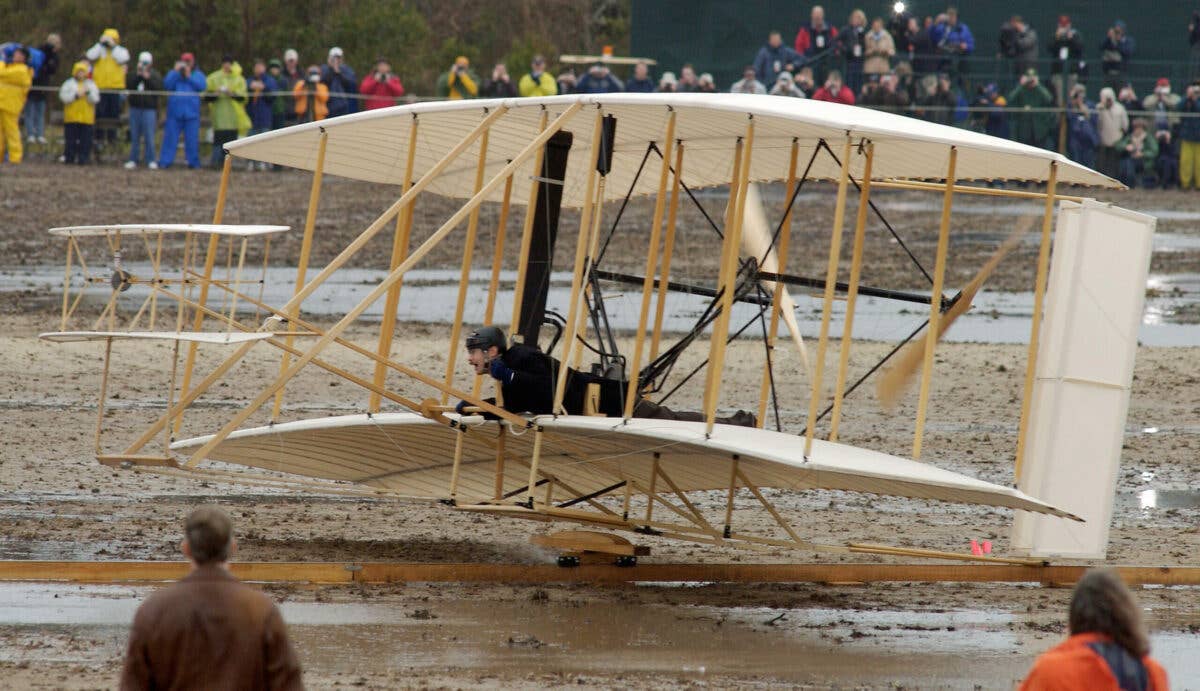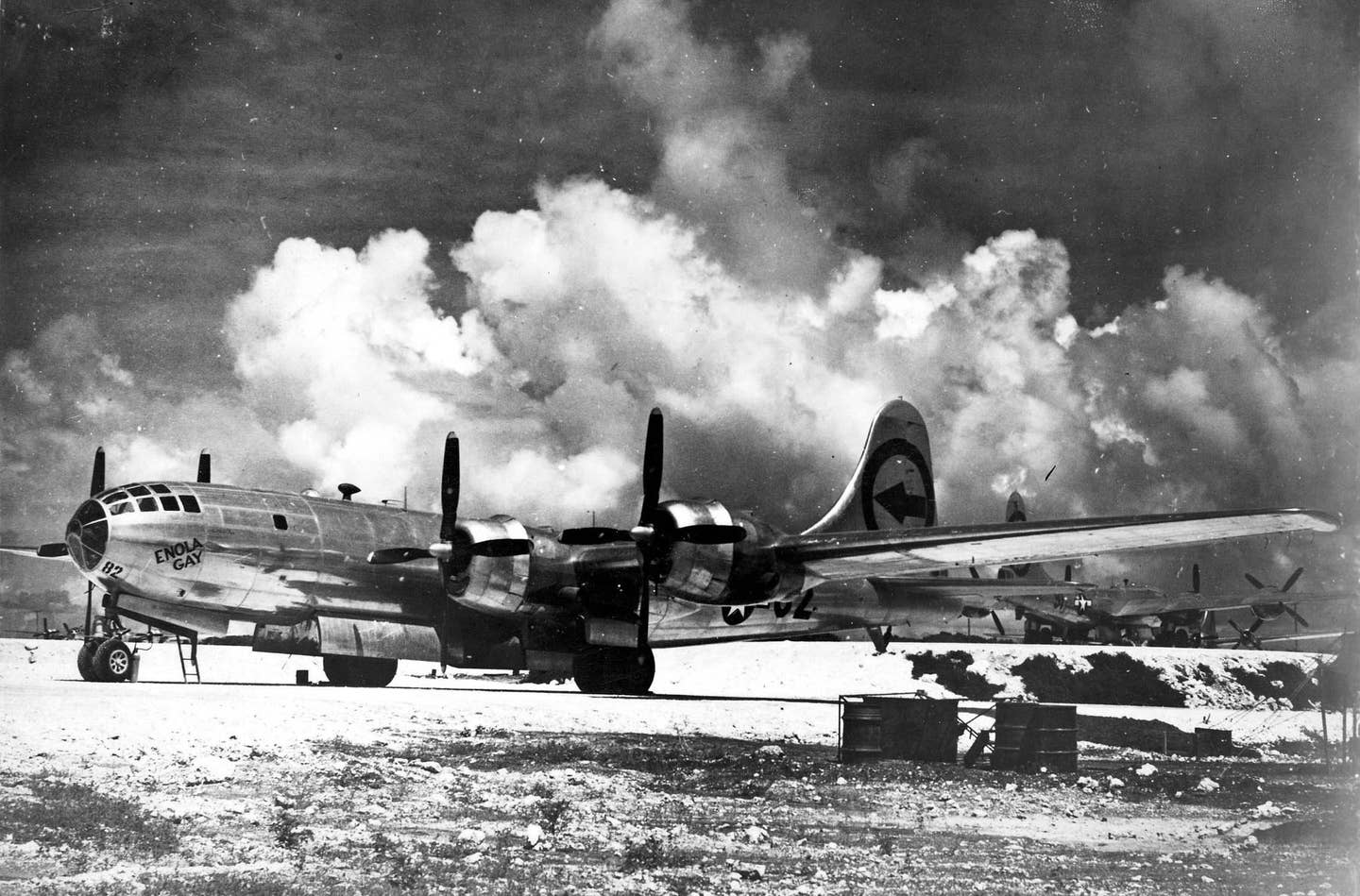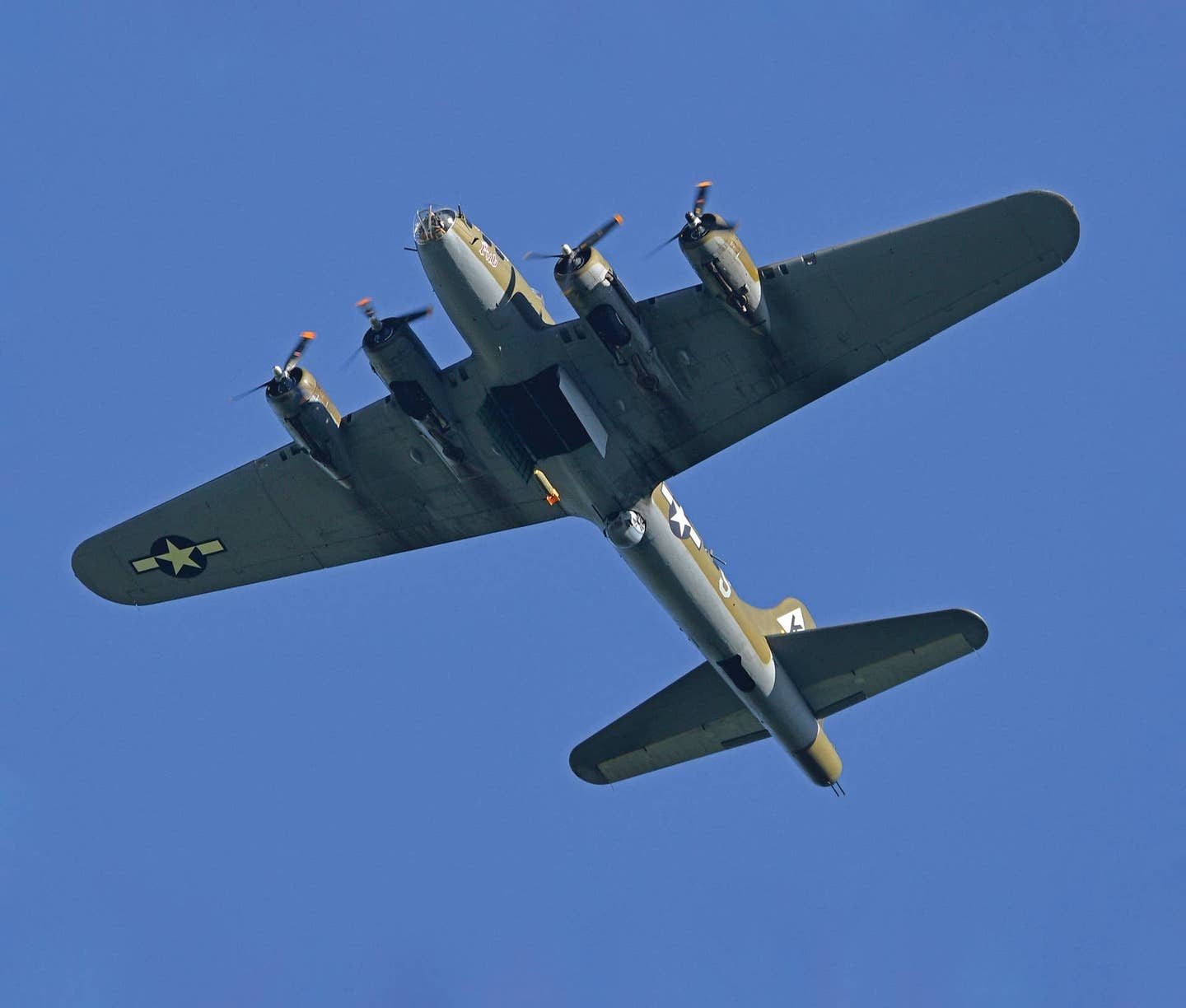A Very Soggy First Flight Centennial
Winter in North Carolina came early—bringing a deluge of rain that threatened the celebration of the Centennial of Flight on December 17, 2003.

The reproduction of the 1903 Wright Flyer never really made it off the ground for the celebration of the Centennial of Flight on December 17, 2003. [Credit: U.S. Air Force/Master Sgt. Jim Varhegyi]
On the 100th anniversary of the Wright Brothers’ first flight at Kill Devil Hills, I stood as close to that storied track of sand as I could.
Actually, I stood ankle deep in water, soaked to my socks, even though I’d sought refuge in a giant tent with a few hundred other hardy souls. Winter in North Carolina came early—bringing a deluge of rain that threatened the celebration of the Centennial of Flight on December 17, 2003.
But I was there, reporting for another aviation outlet, waiting on the possibility that there would be a break in the weather long enough to allow Ken Hyde to see his carefully constructed reproduction of the Wright Flyer recreate the momentous event.
And I was trying to get up the guts to talk to Mike Seidel, from the Weather Channel, who stood a mere 10 feet from me. You could take Jim Cantore…as a true weather-focused avgeek, I much preferred Seidel’s more measured and thoughtful delivery of the meteorological news. But my reporter’s persona failed me, and I could not think of anything other to say than, “Hey, are your socks soaking too?” He was kind.
In the end, the Flyer didn’t, really. In a bid to at least give something to the crowd, Hyde’s team fired up the engines, if such a verb could be applied to the 12-horsepower models that didn’t operate on magnetos, but ignited by the “opening and closing [of] two contact breaker points in the combustion chamber of each cylinder,” according to the Smithsonian National Air & Space Museum’s explanation. In fact, it was a jump start operation with a battery and a coil, very much like with the original.
The roar from the crowd as those spindly props began to turn sounded seriously muted by the continuing drizzle. But our spirits held fast—knowing that invention takes a lot of trial and error, testing and failing, and bringing the results back into the equation, often literally.
No, the Flyer wouldn’t make its debut that day, in any kind of ground-breaking sense, but the lessons that Hyde learned from his work at the Wright Experience have made an impact in how we understand the inherently unstable flight of the early years of powered aviation.
Looking back on it, 20 years later, we’ve gained so much just in that span of time—and looking back even further we have much to celebrate.
I also feel strongly we’re on the cusp of more breakthroughs than we imagined possible. Certainly more than I could fathom, standing on that storied piste in 2003.

Sign-up for newsletters & special offers!
Get the latest FLYING stories & special offers delivered directly to your inbox






